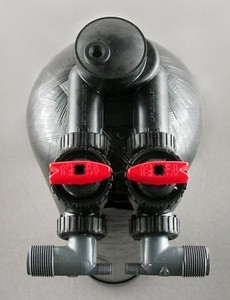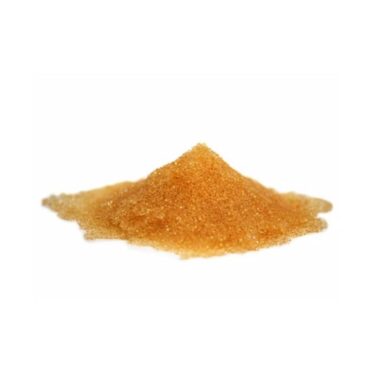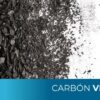Description
Simple manual operation softener
Simple manual softeners: single tank equipment with cationic resin, with manual control valve for regeneration by time (manually the days calculated in your water analysis). Recommended for domestic or commercial use, with non-variable consumption and operation of less than 22 h.
Models:
Manual softeners:
Code |
Tank size (in) |
Resin volume (ft3) |
Design capacity (gr hardness) |
Salt to regenerate (lb salt) |
Maximum capacity (gr hardness) |
Salt to regenerate (lb salt) |
Minimum service flow (gpm) |
Maximum service flow (gpm) |
Backwash flow (gpm) |
Manual valve |
|---|---|---|---|---|---|---|---|---|---|---|
P_640001 |
8*44 |
0.75 |
15,000 |
5.6 |
21,000 |
11.3 |
1.5 |
3.8 |
1.75 |
Purago S1 |
P_640002 |
9*48 |
1.00 |
20,000 |
7.5 |
28,000 |
15.0 |
2.0 |
5.0 |
2.20 |
Purago S1 |
P_640003 |
10*54 |
1.50 |
30,000 |
11.3 |
42,000 |
22.5 |
3.0 |
7.5 |
2.75 |
Purago S1 |
P_640004 |
12*52 |
2.00 |
40,000 |
15.0 |
56,000 |
30.0 |
4.0 |
10.0 |
4.00 |
Purago S1 |
P_640005 |
13*54 |
2.50 |
50,000 |
18.8 |
70,000 |
37.5 |
5.0 |
12.5 |
4.60 |
Purago S1 |
P_640006 |
14*65 |
3.00 |
60,000 |
22.5 |
84,000 |
45.0 |
6.0 |
15.0 |
5.50 |
Purago S2 |
P_640007 |
16*65 |
4.00 |
80,000 |
30.0 |
112,000 |
60.0 |
8.0 |
20.0 |
7.00 |
Purago S2 |
P_640008 |
18*65 |
5.00 |
100,000 |
37.5 |
140,000 |
75.0 |
10.0 |
25.0 |
9.00 |
Purago S2 |
P_640009 |
21*62 |
7.00 |
140,000 |
52.5 |
196,000 |
105.0 |
14.0 |
35.0 |
12.00 |
Purago S2 |
P_640010 |
24*72 |
9.00 |
180,000 |
67.5 |
252,000 |
135.0 |
18.0 |
45.0 |
15.50 |
Purago S2 |
To select the most suitable softener for your needs, you must know the quality of the water to be treated. If you have any doubts about the selection, please contact one of our consultants.
Advantages:
- Reduction of tartar formation, which causes stains and incrustations on glassware, cutlery, bathroom and kitchen furniture.
- Savings in detergent and fabric softener consumption.
- Reduction of the sensation of dryness in hair and skin.
- Prevention of scale formation in heaters.
- Prevention of pipe clogging.
- Operating conditions:
- System operating pressure: 20 to 100 psi.
- Max. operating temperature: 49 °C.
- Feed water:
- Prefiltration: 5 m
- Inlet pH: 6.0 – 10.0
- Free chlorine: < 0.5 mg/L
- Turbidity: < 5.0 NTU
Calculation of the softener capacity:
Water hardness is usually expressed in mg/l CaCO3, also known as parts per million (ppm), but can also be expressed in other units, such as grains per gallon (gpg), 1 gpg = 17.1 mg/L or 17.1 ppm.
To calculate the volume of water that your equipment will be able to soften, you must know the hardness of the water to be treated in gpg and the capacity of the softener, which is directly related to the salt with which the equipment is regenerated.
In the specifications table, there are two columns, one for design capacity and the other for maximum capacity, expressed in grams of hardness per unit. Each one specifies the salt with which the resin must be regenerated to obtain this capacity.
Once the size of the equipment has been selected, the value of the equipment capacity (in gr) is taken and divided by the water hardness (in gpg). The result is the amount of gallons of water the equipment can treat before saturation. When consumption is not variable, this flow can be transformed into days by dividing the number of gallons that can be treated by the consumption per day.




























